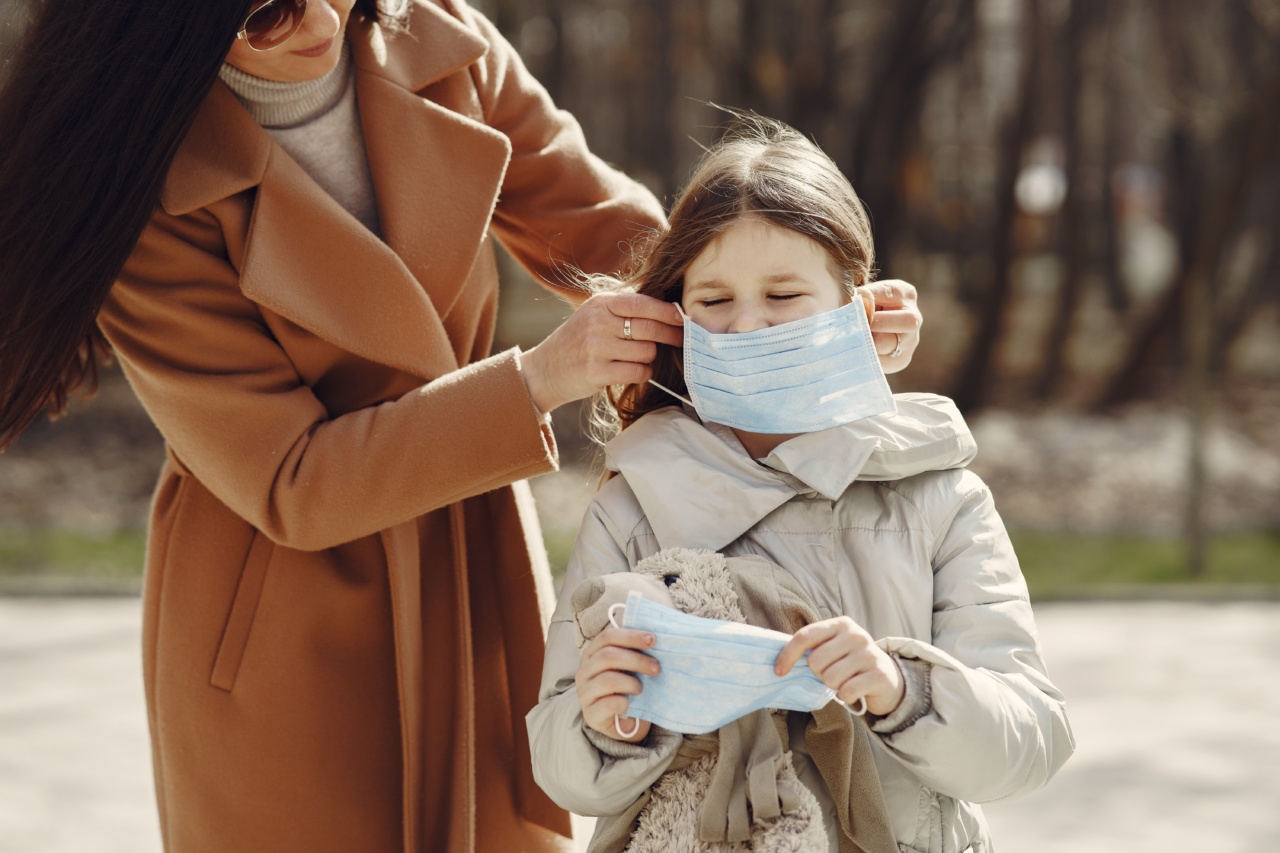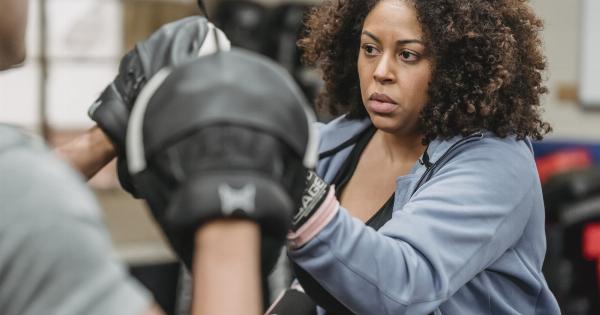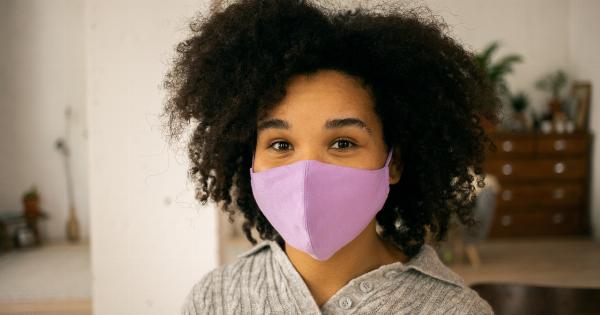Children have delicate and sensitive skin that requires extra care and protection from the harmful effects of the sun.
Exposure to the sun’s ultraviolet (UV) rays can lead to sunburn, long-term skin damage, and an increased risk of skin cancer later in life. Therefore, it is crucial for parents and caregivers to prioritize sun protection for kids.
In this comprehensive guide, we will explore the importance of sun protection and provide practical tips and recommendations to keep your children safe in the sun.
Understanding the Dangers of Sun Exposure
1. The Impact of UV Rays:.
Ultraviolet radiation, particularly UVA and UVB rays, are the primary culprits behind skin damage caused by the sun. UVA rays can penetrate deep into the skin and contribute to skin aging, wrinkling, and certain types of skin cancer.
On the other hand, UVB rays are responsible for sunburns and play a key role in the development of skin cancer. Both rays are harmful and should be minimized.
2. Vulnerability of Children:.
Kids have thinner and more sensitive skin than adults, making them more vulnerable to the damaging effects of the sun. Their young skin has less melanin, the pigment responsible for providing some natural protection against the sun’s rays.
Additionally, children tend to spend more time outdoors, further increasing their exposure to UV radiation.
Choosing the Right Sunscreen
1. Look for Broad-Spectrum Protection:.
When selecting a sunscreen for your child, choose one that offers broad-spectrum protection, meaning it shields against both UVA and UVB rays. This ensures comprehensive defense against the sun’s harmful effects.
2. Check the Sun Protection Factor (SPF):.
The Sun Protection Factor, or SPF, indicates the level of protection the sunscreen provides against UVB radiation. The American Academy of Dermatology recommends using a sunscreen with an SPF of 30 or higher on children.
However, it’s important to note that a higher SPF does not mean extended protection; it simply offers greater initial protection, though reapplication is still necessary.
3. Opt for Water-Resistant Sunscreen:.
Kids love playing in the water, and sweat can also diminish the effectiveness of sunscreen. Choose a water-resistant sunscreen to ensure it stays on longer, even during water activities or excessive sweating.
Remember to reapply after every two hours or as directed by the manufacturer.
Staying Safe in the Sun
1. Seek Shade during Peak Hours:.
UV rays are strongest between 10 a.m. and 4 p.m., so try to limit sun exposure during these hours. Provide shaded areas or encourage children to spend time indoors or in the shade during the peak sun intensity to reduce UV ray exposure.
2. Dress for Protection:.
Covering up your child’s skin is an effective way to minimize exposure to harmful rays. Opt for lightweight and breathable clothing that covers their arms and legs. Wide-brimmed hats that shade the face, neck, and ears are also helpful.
Sunglasses with UV protection are essential to shield their eyes from harmful rays.
Sun Safety Tips for Different Ages
1. Sun Safety for Infants:.
Babies under six months old have highly delicate skin, and direct sun exposure should be avoided whenever possible. Keep infants in the shade as much as possible and dress them in lightweight, protective clothing.
If sun exposure is inevitable, apply a small amount of sunscreen to areas not covered by clothing.
2. Toddlers and Preschoolers:.
As children grow, they become more active and exposed to the sun. Educate them about sun safety and make it a part of their routine. Apply sunscreen before outdoor activities and involve them in the process so they learn how to protect themselves.
Encourage them to seek shade and wear appropriate clothing.
Additional Sun Protection Tips
1. Apply Sunscreen Correctly:.
Ensure sunscreen is generously applied to all exposed areas of your child’s body at least 15-30 minutes before going outside. Don’t forget easily missed areas such as the ears, back of the neck, and tops of feet.
Rub it in thoroughly to ensure proper coverage and reapply as needed.
2. Lead by Example:.
Children are more likely to adopt sun-safe habits if they see their parents and caregivers practicing them consistently. Be a role model and prioritize your own sun protection, as well as theirs.
3. Stay Hydrated:.
Encourage your child to drink plenty of water to prevent dehydration, especially during sunny and hot days. Staying hydrated contributes to overall skin health and helps combat the adverse effects of sun exposure.
Incorporating Sun Protection into Daily Routine
1. Teach Sun Safety Awareness:.
Teach your children about the importance of sun protection from an early age. Explain why sunscreen, hats, and appropriate clothing are necessary.
Make it a part of their daily routine and ensure they understand the potential consequences of inadequate sun protection.
2. Sun Safety at School:.
Collaborate with your child’s school to implement sun safety measures. Encourage the school to provide shaded areas, require sun hats during outdoor activities, and promote the use of sunscreen.
Educate teachers and staff about the significance of sun protection for children.
The Role of Sunscreen in Sun Protection
Sunscreens are a crucial part of sun protection for kids. However, they should not be the sole method of defense. Encourage children to seek shade, wear protective clothing, and use additional sun protection strategies alongside sunscreen application.
Conclusion
Protecting your child’s skin from the sun’s harmful rays is of utmost importance.
By following the guidelines outlined in this guide, you can ensure your children grow up practicing sun safety and reduce their risk of long-term skin damage and skin cancer. Prioritize sun protection, teach them about the dangers of sun exposure, and make it a part of their daily routine. With proper precautions, your kids can enjoy outdoor activities while staying safe under the sun.



























